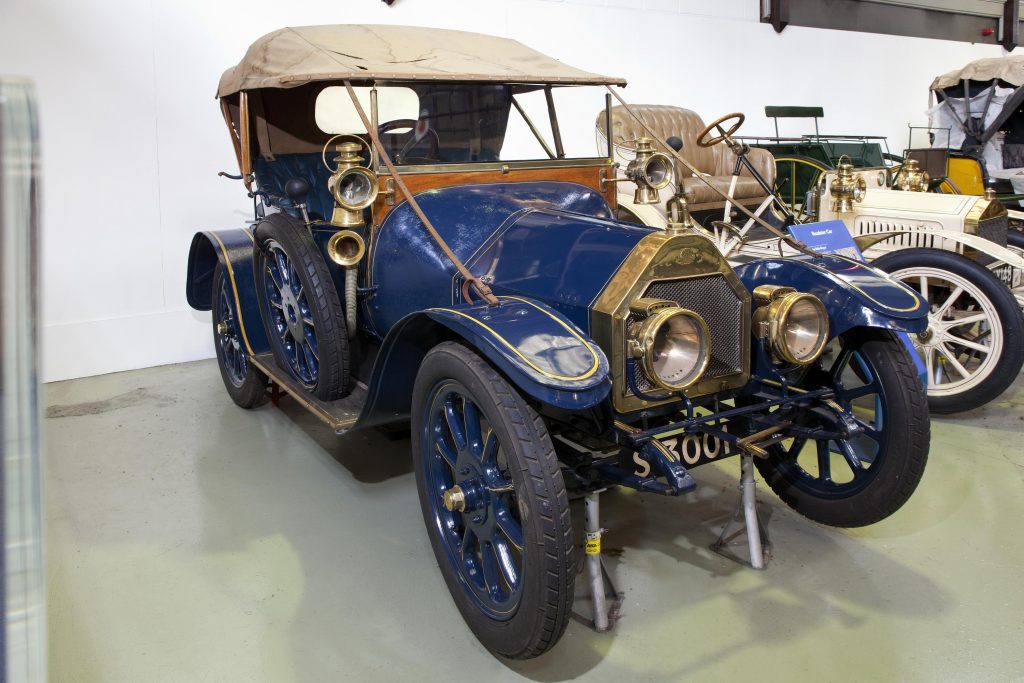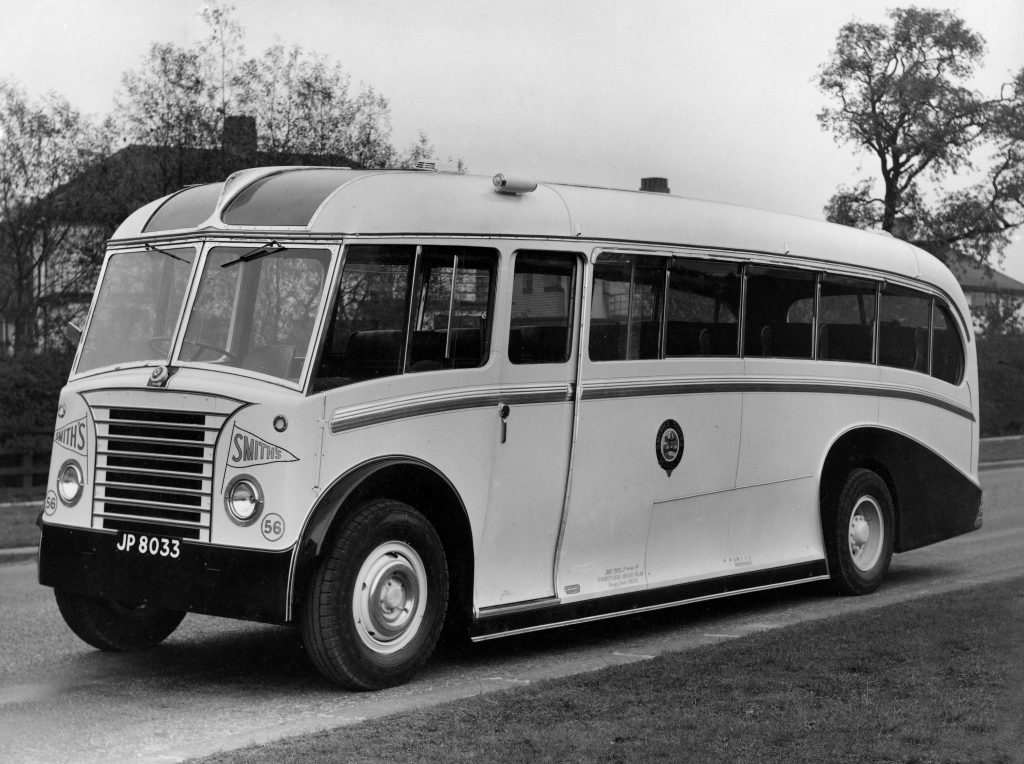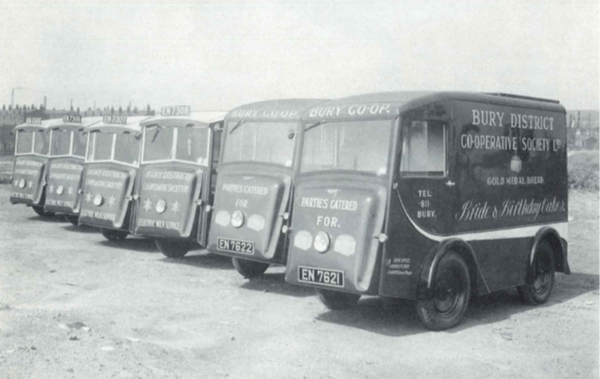By the start of the First World War, Manchester boasted a prosperous motor manufacturing industry with several important firms. These included Ford, who opened their first factory outside of the US at Trafford Park in 1911; the Belsize Motor Company, Manchester’s largest native motorcar manufacturer (their popular 10/12 HP Belsize is pictured below); and Crossley Motors, who produced high quality motorcars for richer customers.

Science Museum Group © The Board of Trustees of the Science Museum
There were also many successful commercial motor vehicle manufacturers in Lancashire and Cheshire, including Leyland, Foden of Sandbach and Walker Brothers of Wigan, and motorcycle manufacturers such as D.O.T. (Devoid of Trouble), Bradbury and Royal Ruby. This thriving industry was complemented by many coachbuilders, dealerships, garages, driving instructors and a growing number of keen motorists who often socialised as members of local motoring clubs, of which there were several.

Science Museum Group © The Board of Trustees of the Science Museum
By the start of the Second World War, there were around 2 million motorcars and half a million commercial vehicles on the roads of Britain. Yet in the year that war broke out, motorcars were no longer produced in Manchester.
Ford had moved south to a large plant in Dagenham in 1931; Belsize had entered receivership in 1923, and wound up by 1925; Crossley Motors slowly stopped car production, focusing instead on buses and commercial vehicles; and a number of other firms had also ceased production.
Was the problem purely Manchester-based? It appears not—this decline in the number of manufacturers did not just happen in Manchester but across the country, as competition to produce great volumes of vehicles at a cheap price forced many out of the industry in the age of ‘mass motoring’.

Science Museum Group © The Board of Trustees of the Science Museum
However, it wasn’t all bad news.
Despite the decline, several Manchester motor businesses successfully adapted by specialising their products for specific user groups. For example, Crossley Motors supplied an increasing number of buses for North West corporations; D.O.T. specialised in popular racing motorcycles; and Metropolitan Vickers were developing electric vehicles for bread or milk delivery, popular in urban areas such as Manchester. The picture below shows a fleet from 1939 managed by the Bury District Co-operative Society.

Science Museum Group © The Board of Trustees of the Science Museum
Dealers were thriving in the city centre as shopping for a car became a normal high street activity. Old coachbuilding firms like Joseph Cockshoot and Co. had become motor dealers for popular manufacturers Morris, only coachbuilders in name.
Brian Norris, Company Director, said:
‘We just kept on the coachbuilding side of the business to keep the old men happy. If ever it had been subject to cost analysis, we would have had a fit.’
So, although motor manufacturing in Manchester declined, the motor vehicle had become an important everyday part of people’s lives. Those who were rich enough could afford their own motorcar, popularly used to go on weekend outings or seaside holidays, while those who could not started to become familiar with new buses, electric delivery vehicles and negotiating the rapidly increasing motor traffic on the city’s streets.
Want to know more? You can read Josh’s article in the Science Museum Group Journal looking at how coachbuilders Joseph Cockshoot and Co. adapted to the emergence of the automobile.